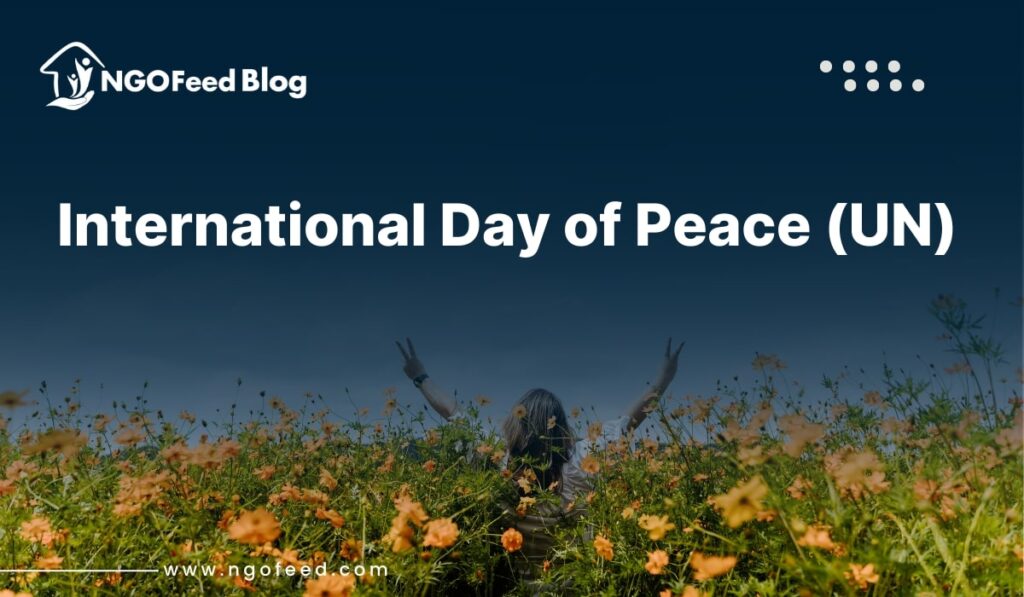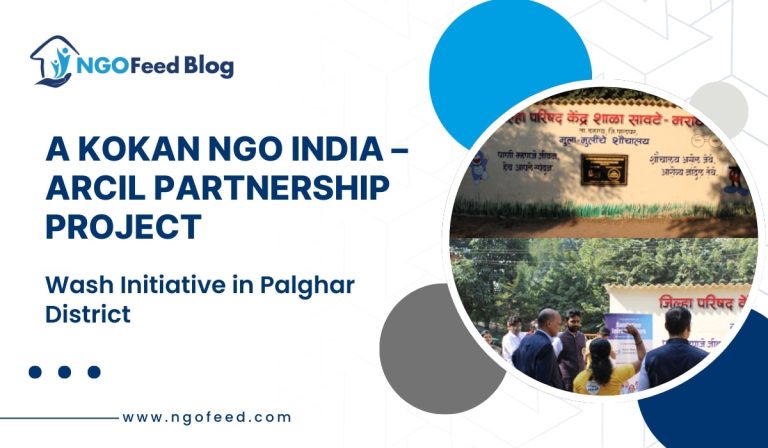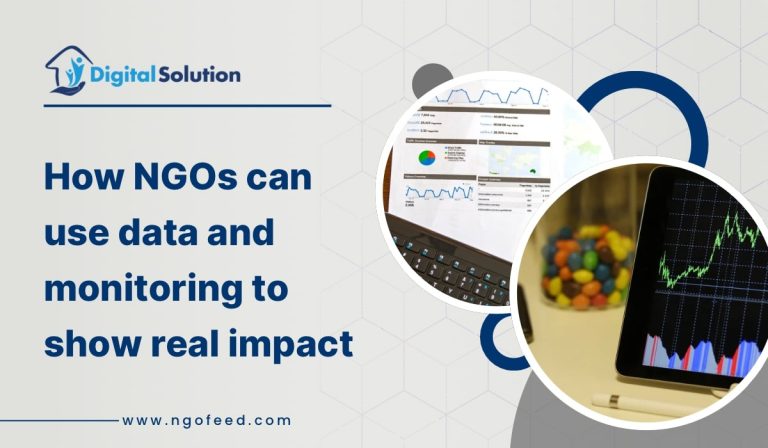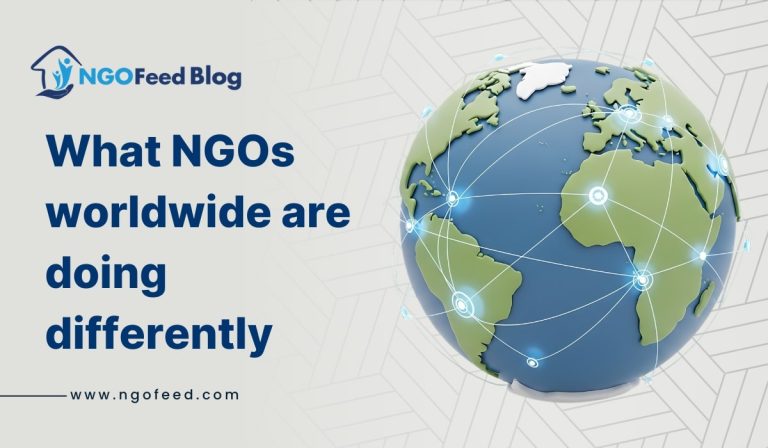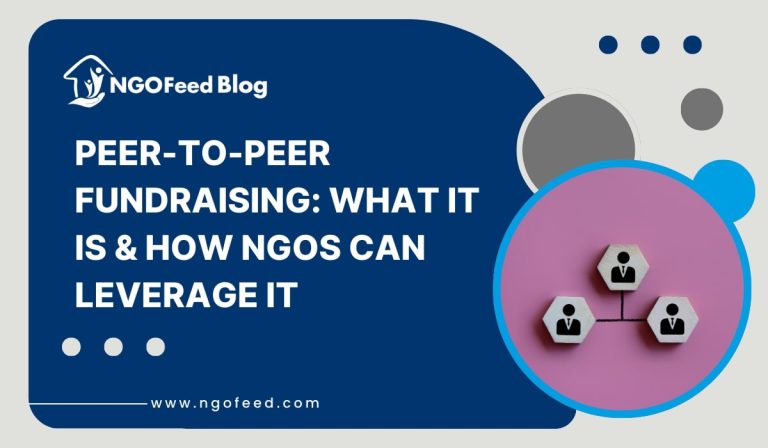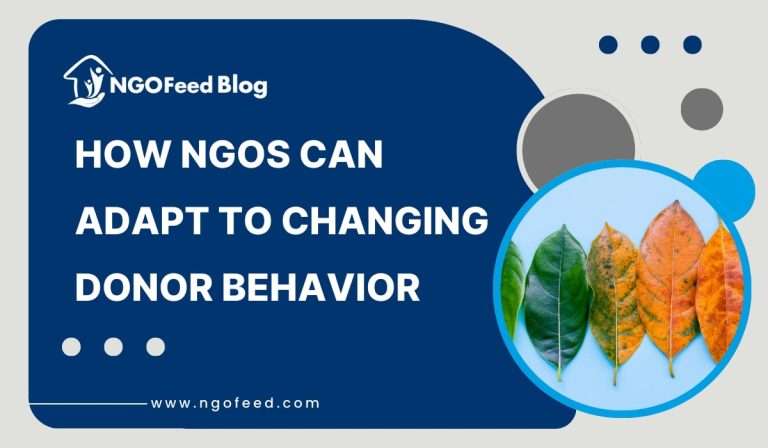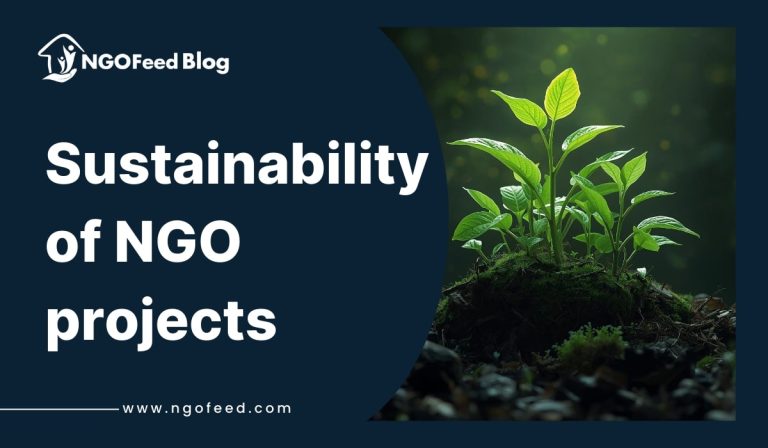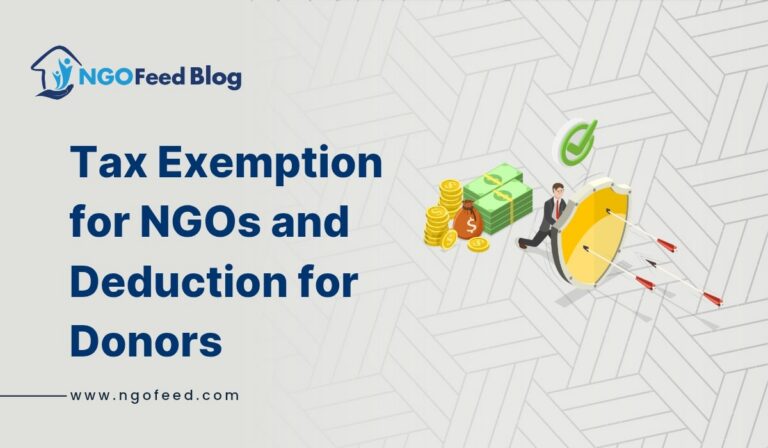Observed every September 21, the International Day of Peace is a United Nations–appointed day meant to advance the ideas of peace both within and between countries and people. This is a day for non-violence, truce, and world cooperation; it reminds mankind that peace is more than just the absence of fighting but rather Justice, equality, and cooperation among us. Through discussion, education, and social action, the observation encourages people, groups, businesses, and governments all around to help to create a culture of peace.
Table of Contents
International Day of Peace History
Resolution 36/67 of the United Nations General Assembly designated 1981 as the International Day of Peace. Originally observed on the third Tuesday of September to match the start of the UN General Assembly meeting, it was
Resolution 55/282 of the UN decided in 2001 to establish 21 September yearly as a day of worldwide ceasefire and non-violence.
From war and violence to poverty, inequality, climate change, and human rights violations, this day has thereafter been employed to draw international attention to threats against peace.
International Day of Peace 2025 Theme
The UN sets a theme every year to guide worldwide debate and activities. For instance:
- 2022: “End Racism. Construct Peace.”
- 2023: “Actions for Peace: Our Goals for the #GlobalGoals.”
- 2024: “Growing a Culture of Peace.”
United Nations will release the 2025 theme in due course. As pillars for long-lasting peace, it will keep stressing the value of international cooperation, communication, and sustainable development.
Why the International Day of Peace matters
- Advocates of Non-Violence encourage countries and populations to settle disagreements peacefully.
- Reinforces World Unity: Highlights: People have a shared future.
- addresses fundamental causes of war Highlights poverty, inequity, and inequality that drive violence.
- Encourages Peace-Building Values among Young People
- Strengthens the central vision of the UN to preserve world peace and security.
Ways of Observing the International Day of Peace
- Global Ceasefire: Governments and military groups are advised to stop fighting for at least 24 hours.
- Symbolizing harmony, the Peace Bell, given by Japan and created from coins gathered by children, is rung at UN Headquarters in New York.
- Schools and Colleges: Arrange conflict resolution workshops, peace marches, and debates.
- Music, art, and theater activities help to spread messages of peace.
- People participate in humanitarian activities to demonstrate support for disadvantaged communities.
- Use hashtags such #InternationalDayOfPeace to raise awareness through social media campaigns.
NGOs’ roles and work in peacebuilding
Globally, NGOs help greatly to maintain peace:
- Mediation and dialogue: help opposing groups to communicate.
- Encourage nonviolent communication, tolerance, and respect in education programs.
- Offer assistance in war-torn areas to help to alleviate misery: humanitarian relief.
- Support disarmament and conflict resolution by working with governments.
- Engage youths as peace ambassadors: enable young leaders.
Conclusion
Observed on 21 September, the International Day of Peace is a United Nations project meant to encourage peace, non-violence, and unity everywhere. Established in 1981 and restored on this date since 2001, the day helps us to remember that mankind will survive and advance only in a peaceful world. With yearly themes announced, it emphasizes important worldwide problems ranging from racism and inequality to climate change and conflict.
Celebrations involve cultural events, community involvement, peace marches, symbolic UN Peace Bell ringing, and worldwide ceasefire calls. NGOs, governments, and people all help to raise awareness and create enduring peaceful solutions.
Finally, this day stresses that respect for all, fairness, and justice define peace rather than just the lack of battle. Observing the International Day of Peace moves the planet somewhat closer to producing a harmonic and sustainable future for the next generations.
Frequently Asked Questions (FAQs)
Q1. What is the International Day of Peace?
It is a UN observance on 21 September that promotes peace, non-violence, and global unity.
Q2. Why was the date chosen?
It was fixed by the UN General Assembly in 2001 as a permanent date for global ceasefire and peace activities.
Q3. What is the symbol of the day?
The dove with an olive branch is the universal symbol of peace, while the UN Peace Bell is a central feature of the observance.
Q4. How can individuals celebrate?
By promoting kindness, reducing conflict in daily life, participating in community peace events, and spreading awareness online.
Q5. What role does the UN play?
The UN coordinates global campaigns, promotes ceasefires, and supports peacekeeping missions worldwide.

